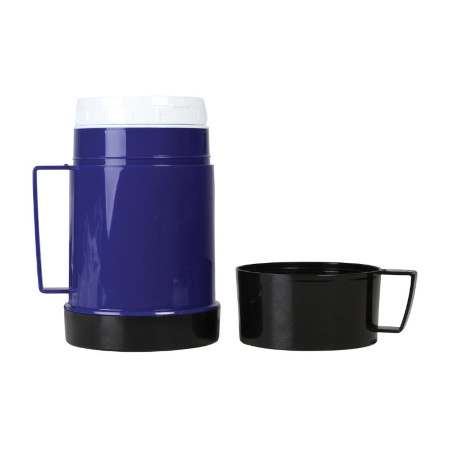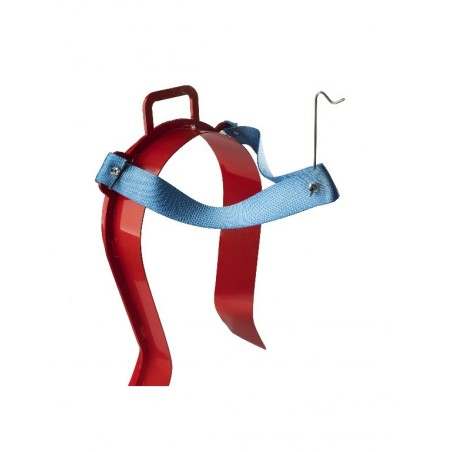This study studied the relation between longevity, the interval from last insemination to culling in days (IL2C) with 7 different cull classes; 1. Reproduction cull class, 2. Production cull class, 3. Locomotion cull class, 4. Accident cull class, 5. General disorder cull class, 6. Peri-partum cull class and 7. Unknown cull class.
Overall, the most important cull classes were reproduction (19%) and production (50%). The IL2C for production (146.3±1.2) and reproduction (87.4±1.9) were significantly different from each other but also from locomotion (127.0±3.6), accident (120.1±7.3), general disorder (105.4±5.5), peri-partum (109.6±5.7) cull classes. Sows that were culled for production reasons had significantly the highest average parity number at culling (4.6±0.2) compared to all other culling reasons such as reproduction (3.1±0.2), locomotion (2.3±0.3), accident (2.9±0.5), general disorder (3.3±0.4) and peri-partum (3.3±0.4) cull classes. Furthermore, it was found that age in days, parity number at culling and IL2C showed to be heritable traits (0.13±0.05, 0.16±0.05 and 0.10±0.04 respectively). The genetic correlation between parity number at culling and IL2C was not significantly different from 0 (−0.04±0.28).

Because IL2C is a heritable trait and sows that are culled within the production cull class obtain on average a higher parity and show the longest IL2C, this study showed the potential to select on longer IL2C and thereby select against sows to be culled within the reproduction, locomotion, accident, general disorder and peri-partum cull class and to be culled at the end of a parity.
C.A. de Hollander, E.F. Knol, H.C.M. Heuven, E.M. van Grevenho. Interval from last insemination to culling: Culling reasons from practise and the correlation with longevity. Livestock Science. Volume 181, November 2015, Pages 25–30. doi:10.1016/j.livsci.2015.09.018







